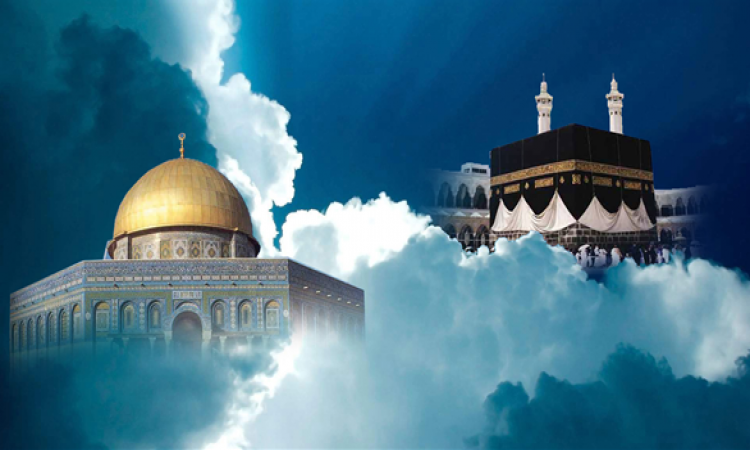Biography
Prophet Muhammad (PBUH) was an Arab religious, social, and political leader and the founder of Islam. According to the Islamic constitution, he was a prophet, sent to present and confirm the monotheistic teachings preached previously by Adam, Abraham, Moses, Jesus, and other prophets. He is viewed as the final prophet of God in all the main branches of Islam, Muhammad(PBUH) united Arabia into a single Muslim polity, with the Quran, as well as his teachings and practices, forming the basis of Islamic religious belief. He is referred to by many appellations, including Messenger of Allah, Allah’s Apostle, Last Prophet of Islam, and others.

Birth and Genesis
He was Born about 570 CE (Year of the Elephant) in the Arabian city of Mecca, Muhammad(PBUH) was orphaned at the age of six. He was raised by his paternal grandfather Abd al-Muttalib, and upon his death, by his uncle Abu Talib. In later years, he would periodically isolate himself in a mountain cave named Hiraa for several nights of prayer. When he was 40, Muhammad(PBUH) reported being visited by Gabriel in the cave and receiving his first message from God. Three years later, in 610, Muhammad(PBUH) started preaching these revelations publicly, emphasized that “God is One”, that complete “submission” (islām) to God is the right way of life and that he was a prophet and messenger of God. The followers of Muhammad (PBUH) were initially few in number and experienced hostility from Meccan polytheists. He sent some of his followers to Abyssinia in 615 to shield them from prosecution, before he and his followers migrated from Mecca to Medina (which used to be named as Yathrib) in 622. This event, the Hijra, marks the beginning of the Islamic calendar, also known as the Hijri Calendar. In Medina, Muhammad (PBUH) united the tribes under the Constitution of Medina. In December 629, after eight years of intermittent fighting with Meccan tribes, Muhammad (PBUH) gathered an army of 10,000 Muslim converts and marched on the city of Mecca. The conquest went largely uncontested and Muhammad (PBUH) seized the city with little bloodshed. In 632, a few months after returning from the Farewell Pilgrimage, he fell ill and died. By the time of his death, most of the Arabian Peninsula had converted to Islam.
The Night Journey and Ascension of the Prophet
Accounts of the ascension (me’raj ) of Muhammad (PBUH) this journey considered to be as a compensation from God to his prophet after his suffering of losing his beloved wife Khadijah the first person who believed in him and converted to Islam and the first supporter and friend, soon after that his first protector and his uncle Abu Talib also died in the same year that’s why it was named as “ The year of sorrow”,

One night, while the Prophet was sleeping, the Archangel Gabriel came and led him on a journey. Mounted on the heavenly steed Buraq, Prophet (PBUH) traveled from the Ka’ba in Mecca to the “Farthest Mosque,” which believed to be the Al-Aqsa Mosque in Jerusalem. There he (PBUH) prayed with other prophets such as Moses, Abraham, and Jesus, and ascended to the seven skies, where he was led by Gabriel through Paradise and Hell, and finally came face to face with God. He then returned to earth to continue spreading the message of Islam. According to Islamic belief, Muhammad was the only person to see Heaven and Hell while still alive.
The Death of Muhammad
After the conflict with Mecca was finally settled, prophet Muhammad (PBUH) took his first true Islamic pilgrimage to Mecca to do alhaj rituals then, he (PBUH) delivered his last sermon at Mount Arafat. Upon his return to Medina to his wife’s home, he fell ill for several days. He died on June 8, 632, at the age of 62, and was buried at al-Masjid an-Nabawi (the Mosque of the Prophet) one of the first mosques built by Muhammad in Medina.